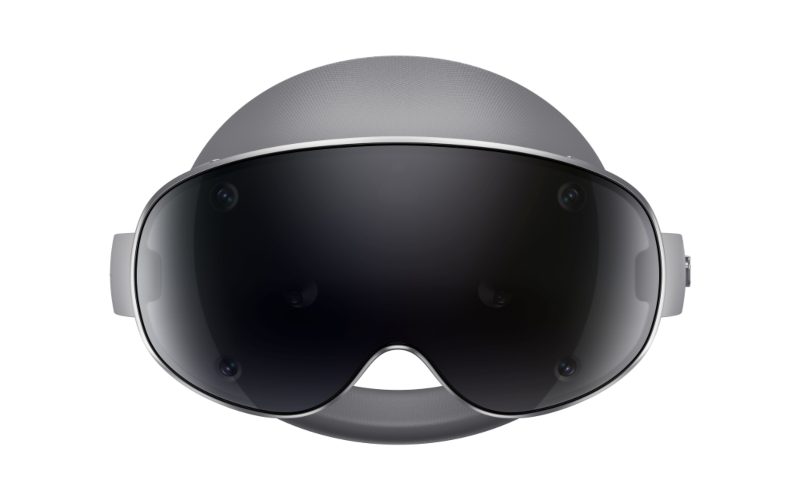Samsung launches Galaxy XR headset, powered by Android XR and Gemini AI

Samsung has officially launched its long-awaited Galaxy XR headset, a next-generation immersive device born from a strategic alliance with Google and Qualcomm.
The announcement was not just about specs or price tags. It marked Samsung’s loudest statement that XR, extended reality, is no longer experimental. It is personal, powerful, and finally, accessible.
More To Read
- Google tightens free access to Gemini 3 Pro amid surging demand
- Apple poised to overtake Samsung as world’s largest smartphone maker
- Google unveils Gemini 3, its most ambitious all-in-one digital assistant yet
- OnePlus 15 launches globally, targets Apple and Samsung dominance
- Samsung SmartThings now works with Siri shortcuts on iPhone, Apple Watch
- Google Gemini to let users ‘circle’ images for smarter visual searches
Held in Seoul and streamed globally, the launch revealed a polished, futuristic headset powered by Qualcomm’s Snapdragon XR2+ Gen 2 chip and running on Android XR, a new Google-backed operating system custom-built for mixed reality.
Unlike previous fragmented VR systems, Galaxy XR is a product of convergence, combining Google’s AI smarts, Qualcomm’s raw power, and Samsung’s hardware elegance.
AI at the Centre: Powered by Gemini
One of the most groundbreaking features of Galaxy XR is its system-level integration of Google’s Gemini AI. Instead of relying on hand gestures or endless menu scrolling, users can simply ask, look, or think, and the device responds.
Picture this: You’re cooking. Your Galaxy XR headset recognises the vegetables in front of you and, through Gemini, instantly offers recipes, cooking videos, and even measures your ingredients. You are no longer looking at a screen; you are living inside your interface.
Hardware that dissolves into the experience
The Galaxy XR's physical design is as ambitious as its software:
- Micro-OLED displays with 4K resolution per eye create crystal clarity
- Iris recognition and six external cameras allow seamless tracking, pass-through vision, and biometric security
- Spatial audio adjusts as you move your head, creating true environmental sound
- A modular battery pack gives 2–2.5 hours of untethered use, and can be swapped or worn in a pocket for longer sessions
- The fit is snug but balanced, with premium materials and an industrial feel, more like wearable glass
Not just for techies: A platform for everyone
Samsung made one thing clear: this headset is not just for gamers or early adopters. It is built for everyone.
From virtual collaboration rooms for businesses, to meditation gardens, to 3D education tools for classrooms, Galaxy XR is being framed as the next personal computer.
Whether it succeeds in that mission will depend heavily on developers, and Samsung is betting that the open nature of Android XR will ignite the same app revolution that Android phones enjoyed.
Perhaps the biggest surprise was the price tag, $1,799 (Sh240,000), roughly half the cost of Apple’s Vision Pro.
It is still premium, no doubt. But by cutting out proprietary accessories and relying on existing Android ecosystems, Samsung is making a play for wider adoption, including in markets like East Africa, where Vision Pro remains out of reach for most.
The Galaxy XR is unlikely to hit shelves tomorrow, but its implications are loud and clear.
Samsung’s vast distribution networks in Africa could eventually make this headset, or its future, accessible to consumers on the continent.
Imagine Nairobi-based architects designing buildings in 3D space or students in Mombasa attending history class inside a recreated ancient city.
The Galaxy XR is not a response to the Vision Pro. It is a rival vision entirely.
Top Stories Today














































